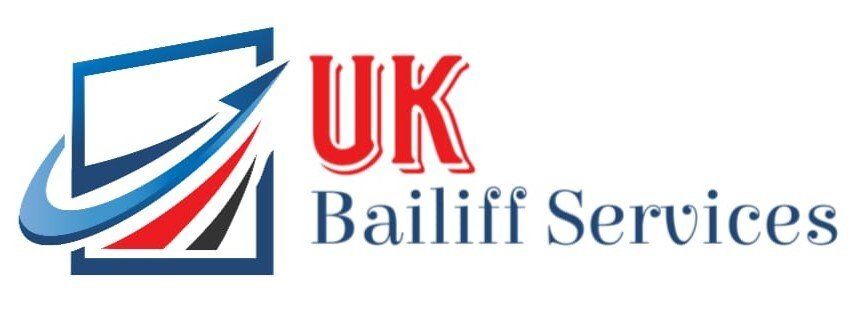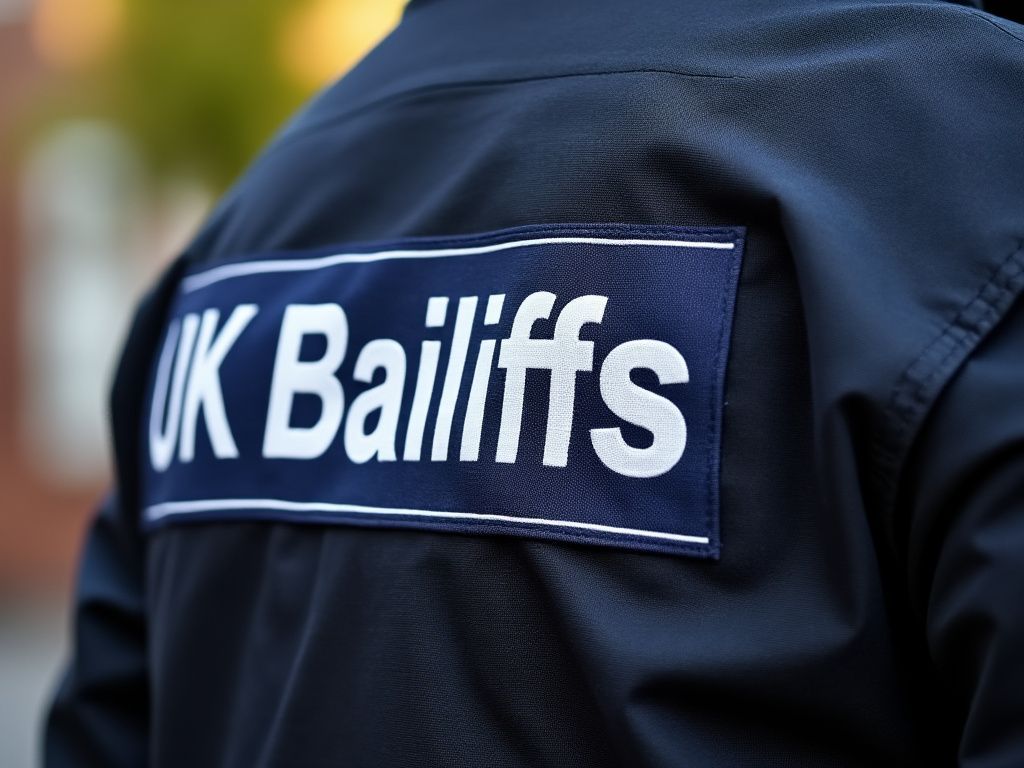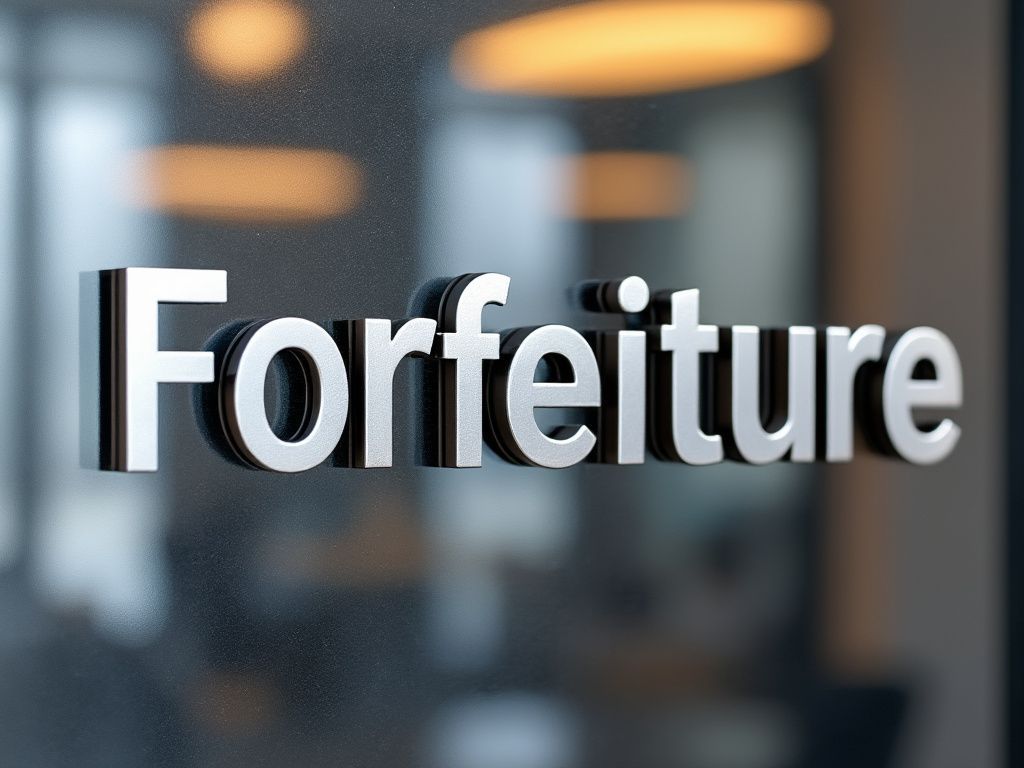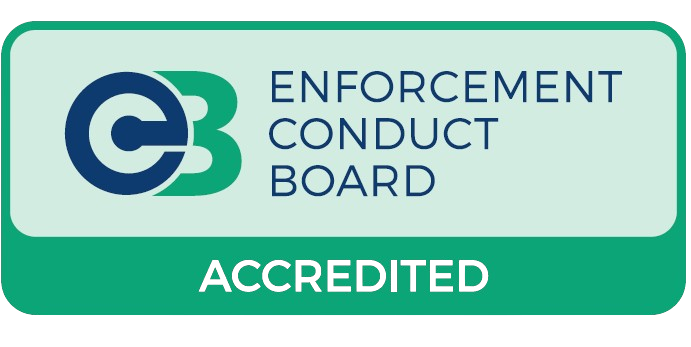NEWS and Updates
Commercial Lease Forfeiture
Specialist Services by UK Bailiffs
Commercial Lease Forfeiture is a legal remedy provided under English law that allows a landlord to terminate a lease agreement due to a breach by the tenant. UK Bailiffs offers specialist enforcement services to assist landlords in regaining possession of their property efficiently and legally.
Overview
Lease forfeiture is commonly used for breaches like non-payment of rent or unauthorized activities. The process involves peaceable re-entry by the landlord to take back possession. UK Bailiffs ensures legal compliance and minimizes disruption to your operations.
When Can Lease Forfeiture Be Used?
- Non-payment of rent: Tenant fails to pay within the agreed time frame.
- Breach of covenant: Unauthorized changes, illegal activities, etc.
- Tenant insolvency: Administration or insolvency impacting lease compliance.
Legal Requirements
- Peaceable Re-entry: No force used, entry must be legal and non-violent.
- Section 146 Notice: Required for breaches other than non-payment of rent.
- Waiver of Right: Accepting rent post-breach may void the forfeiture right.
Our Lease Forfeiture Service
UK Bailiffs offers a reliable and efficient lease forfeiture service tailored to landlords and property managers:
- Online Instruction: Easy-to-use online form auto-generates legal documents.
- Legal Assessment: Confirming eligibility for forfeiture based on lease and breach.
- Notice Serving: Delivering Section 146 Notices where required.
- Peaceable Re-entry: Conducted by trained enforcement agents.
- Securing Property: Lock changes and property secured against re-entry.
- Evidence & Reports: Photographs and documentation provided for records.
Legal Framework
- Law of Property Act 1925: Governs general forfeiture principles.
- Protection from Eviction Act 1977: Outlines legal protections for tenants.
- Commercial Rent (Coronavirus) Act 2022: Temporary restrictions related to rent arrears.
UK Bailiffs ensures all actions are compliant with current legislation and best practices.










